Top Features of Effective Demand Forecasting Software
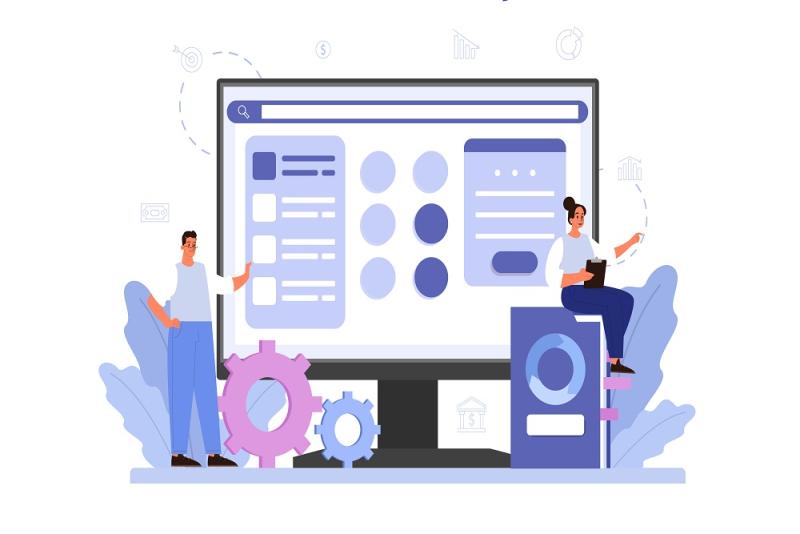
In today’s fast-paced business landscape, understanding and predicting customer demand is crucial for success. Companies across various industries rely on demand forecasting software to help them make data-driven decisions, optimize inventory, and enhance customer satisfaction. Effective demand forecasting software encompasses several essential features that empower businesses to stay ahead of market changes and improve operational efficiency. This blog explores the top features that define effective demand forecasting software, ensuring you select the best tool for your organization.
Understanding Demand Forecasting Software
Software for demand forecasting is an effective tool that companies may use to estimate future consumer demand for their goods or services. This software leverages data integration, advanced algorithms, and predictive analytics to provide accurate demand forecasts. Companies use these insights to make strategic decisions around inventory management, supply chain optimization, and marketing. Choosing the right demand forecasting software is critical for any business looking to improve its forecasting accuracy and stay competitive.
Top Features of Effective Demand Forecasting Software
1. Data Integration
For demand forecasting software to be effective, it must integrate seamlessly with various data sources, such as sales data, customer information, market trends, and historical demand. Data integration enables businesses to create a comprehensive view of all factors influencing demand, allowing for more precise predictions. The software should connect with existing ERP, CRM, and POS systems to ensure that all relevant data is utilized.
1.1 Sales Data Integration
Sales data is a fundamental component of demand forecasting software. By integrating real-time sales data, businesses can quickly identify trends and make necessary adjustments to forecasts. Effective software should handle data from multiple sales channels, including e-commerce platforms, brick-and-mortar stores, and B2B transactions.
2. Demand Forecasting
The core purpose of demand forecasting software is to provide accurate demand forecasts. The software should offer multiple forecasting models, such as time series, regression, and machine learning-based models, to cater to different business needs. This flexibility ensures that companies can choose the most appropriate model for their products, markets, and customer segments.
2.1 Event Forecasting
Event forecasting is a critical feature of demand forecasting software that considers specific events, such as promotions, holidays, and product launches, which can significantly impact demand. By incorporating event forecasting, businesses can account for these variations and refine their forecasts accordingly.
3. Account for Forecasting Accuracy
Forecasting accuracy is vital for effective demand forecasting software. The software should provide metrics and tools to measure the accuracy of its forecasts, enabling businesses to identify errors and adjust models as needed. Features like Mean Absolute Percentage Error (MAPE) and Forecast Bias are crucial for monitoring and improving forecasting accuracy.
3.1 Barometric Forecasting
Barometric forecasting is a feature that uses economic indicators and market trends to predict future demand. This technique helps businesses anticipate shifts in demand caused by external factors, such as economic changes or industry developments. Effective demand forecasting software should incorporate barometric forecasting to provide a well-rounded forecast.
4. Demand Sensing
Demand sensing is a more advanced approach within demand forecasting software that utilizes real-time data to detect changes in demand patterns quickly. By leveraging demand sensing, businesses can make near-term adjustments to their forecasts, reducing the risk of stockouts or overstock situations. This capability is particularly useful for companies in volatile markets or those dealing with perishable goods.
5. Inventory Management
Effective demand forecasting software must be tightly integrated with inventory management systems. Accurate forecasts help businesses optimize inventory levels, ensuring they have the right amount of stock at the right time. This feature minimizes carrying costs and reduces the risk of obsolescence, ultimately improving cash flow.
5.1 Seasonal Planning
Seasonal planning is another essential feature of demand forecasting software, especially for businesses dealing with seasonal products. The software should identify seasonal trends and adjust forecasts accordingly, helping companies prepare for peak seasons and avoid overstock during off-peak periods.
6. Promotion Planning
Promotions can significantly impact demand, and effective demand forecasting software should include promotion planning features. By analyzing historical promotion data and current market conditions, the software can help businesses predict the impact of upcoming promotions on demand. This capability ensures that promotional activities are well-supported by inventory and supply chain strategies.
7. Advanced Analytics for Forecasting
Effective demand forecasting software should incorporate advanced analytics, such as machine learning algorithms and statistical models, to enhance forecast accuracy. These tools help businesses identify patterns and trends in large datasets, allowing for more precise predictions.
7.1 Account for Outliers and Anomalies
Advanced analytics also help account for outliers and anomalies that may skew demand forecasts. By identifying and adjusting for these irregularities, demand forecasting software provides more reliable and accurate forecasts.
8. Customer Satisfaction
One of the most significant advantages of demand forecasting software is its ability to improve customer satisfaction. Accurate demand forecasts help businesses maintain optimal inventory levels, ensuring that products are available when customers want them. This reduces the chances of stockouts or overstock situations, which can lead to dissatisfied customers and lost sales.
Effective demand forecasting software also enables businesses to anticipate customer needs better. By analyzing historical data and identifying patterns, companies can predict future demand trends and adjust their offerings accordingly. This proactive approach not only meets customer expectations but also builds trust and loyalty, leading to repeat business and positive word-of-mouth.
9. Ensure Fast Decision Making
In today’s dynamic business environment, the ability to make quick, informed decisions is crucial. Demand forecasting software supports fast decision-making by providing real-time insights into market trends, inventory levels, and sales performance. With access to accurate and timely data, decision-makers can quickly adjust their strategies to respond to changes in demand, supply chain disruptions, or market conditions.
Moreover, the visualization tools and advanced analytics provided by demand forecasting software simplify complex data interpretation. This means managers and executives can easily identify key trends and opportunities without needing to spend hours analyzing raw data. Fast decision-making enables businesses to stay agile, minimize risks, capitalize on emerging opportunities, and maintain a competitive edge in the market.
10. Comprehensive Forecast Reporting and Visualization
For demand forecasting software to be effective, it must offer robust reporting and visualization tools. Dashboards and visualizations enable users to easily interpret complex data, facilitating quicker decision-making. The ability to generate detailed reports based on different criteria—such as region, product line, or sales channel—enhances transparency and enables more targeted strategies.
Conclusion
Choosing the right demand forecasting software is crucial for any business aiming to optimize its inventory management, reduce costs, and improve customer satisfaction. The best demand forecasting software should include features like data integration, advanced analytics, demand sensing, event forecasting, promotion planning, and seasonal planning to provide comprehensive and accurate forecasts. By focusing on these top features, companies can select a demand forecasting solution that meets their unique needs and supports growth and profitability.
FAQs
1. What is demand forecasting software, and why is it important?
Demand forecasting software is a tool that predicts future customer demand based on historical data, market trends, and economic indicators. It is important because it helps businesses make informed decisions about inventory management, production, and marketing strategies.
2. How does demand sensing differ from traditional demand forecasting?
Demand sensing uses real-time data to detect changes in demand patterns quickly, allowing for near-term adjustments. Traditional demand forecasting typically relies on historical data and is less responsive to immediate market changes.
3. Can demand forecasting software help with seasonal planning?
Yes, effective demand forecasting software can identify seasonal trends and adjust forecasts accordingly, helping businesses manage inventory and supply chain strategies during peak and off-peak seasons.
Explore our AI-based SaaS platform to predict sales volume and demand trends. To know more, visit: https://thousense.ai/pricing
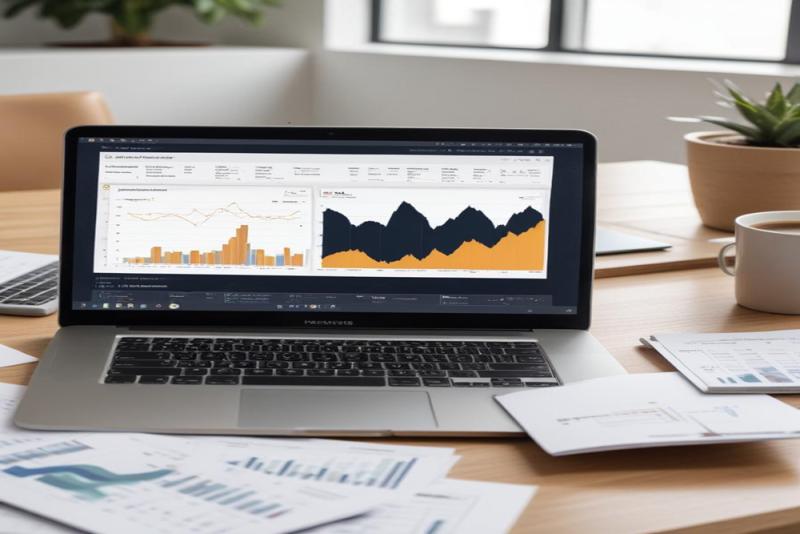
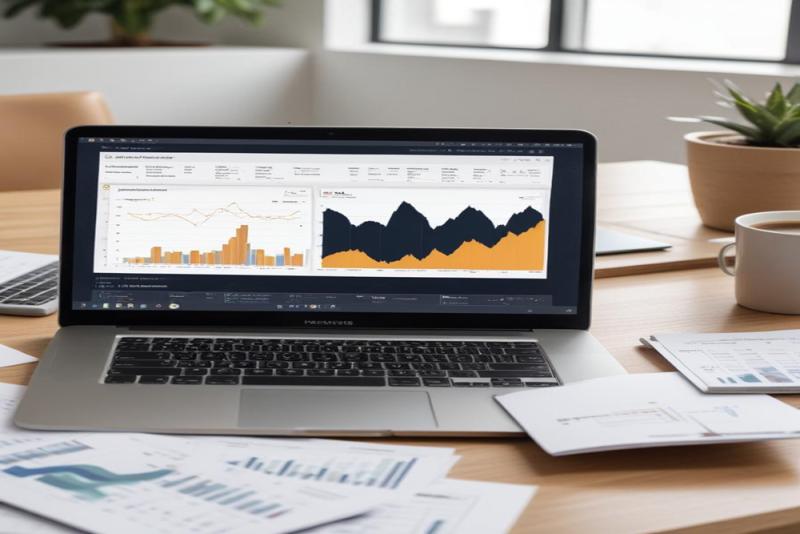


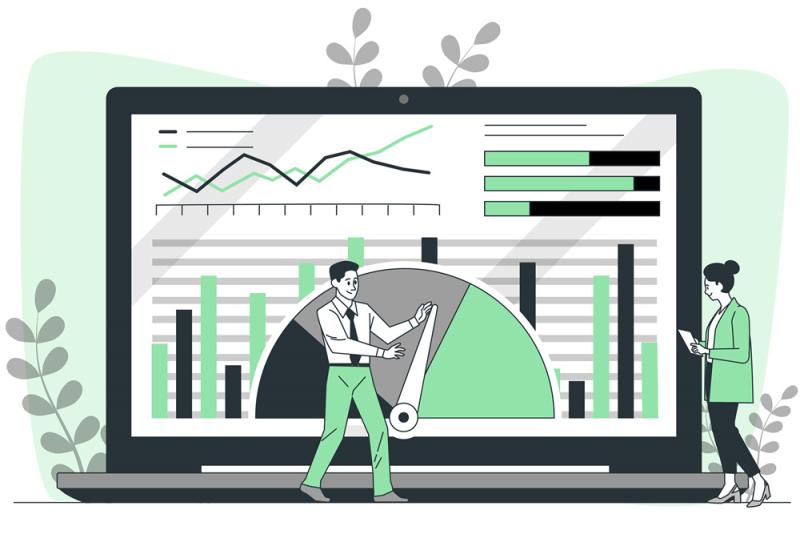


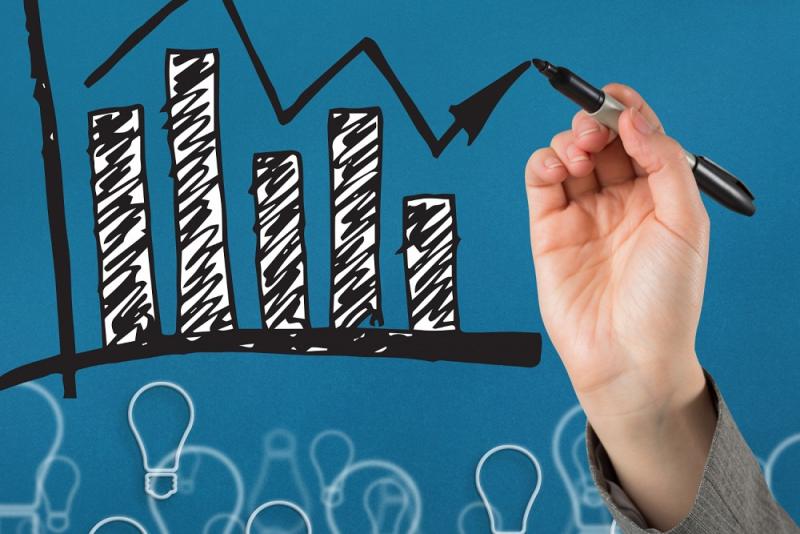


Comments